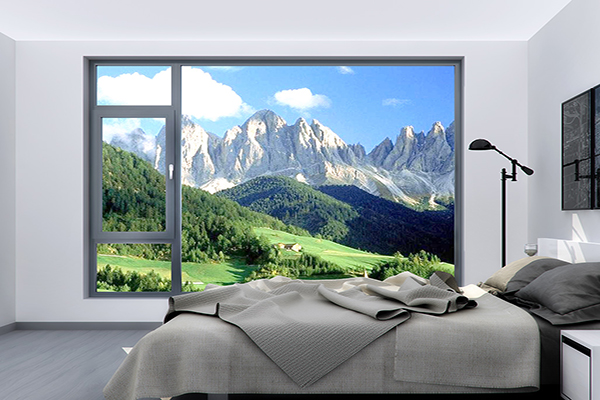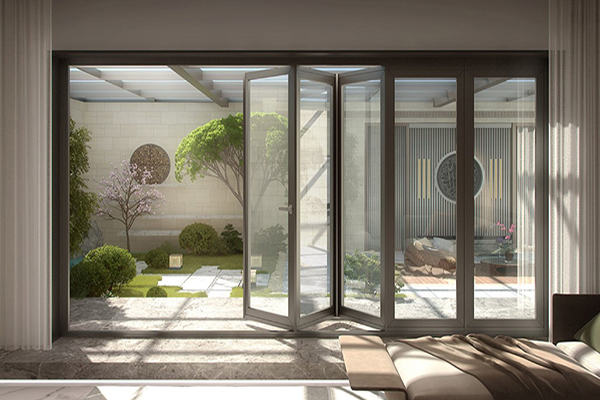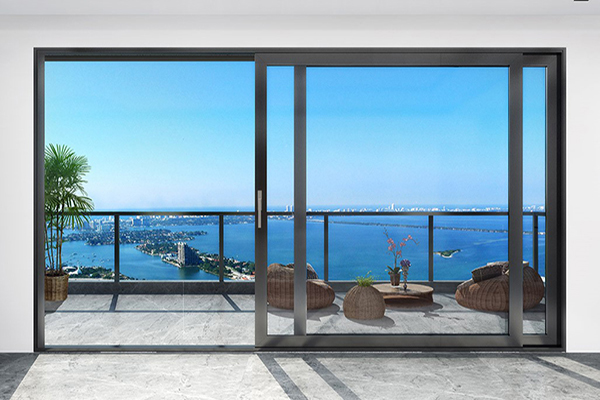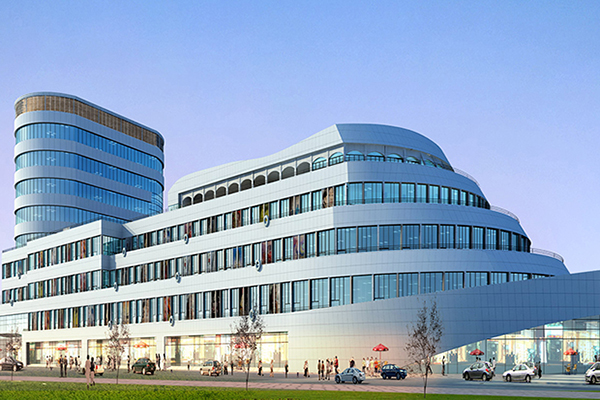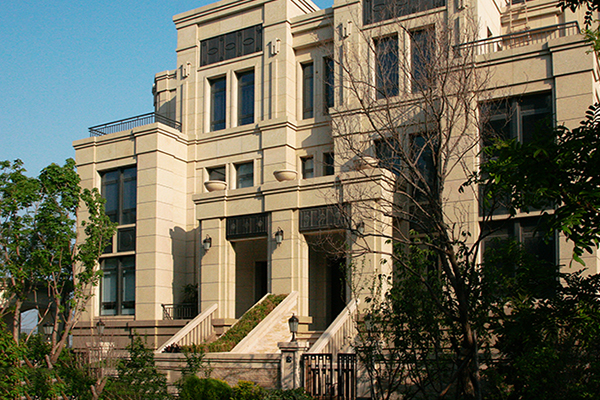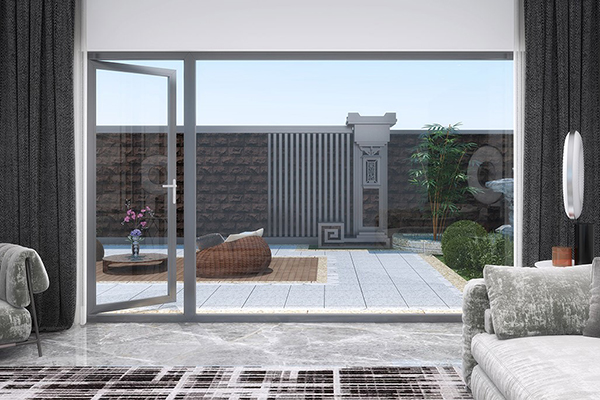Energy Efficiency Redefined: How Aluminum Windows Slash Your Utility Bills
In an era where energy costs are soaring and environmental concerns are at the forefront, homeowners and builders are increasingly turning to innovative solutions to enhance energy efficiency. Among these, aluminum windows have emerged as a game-changer, combining sleek aesthetics with cutting-edge technology to significantly reduce utility bills. By focusing on thermal breaks, advanced insulation, and eco-friendly performance, modern aluminum windows are redefining energy efficiency in residential and commercial spaces.
The Evolution of Aluminum Windows
Historically, aluminum windows were criticized for their poor thermal performance due to the metal’s high conductivity. Heat would easily transfer through the frames, leading to energy loss and higher heating or cooling costs. However, advancements in window design have transformed aluminum into a highly efficient material. The introduction of thermal breaks, improved glazing, and sustainable manufacturing processes has made aluminum windows a top choice for energy-conscious consumers.
Unlike their predecessors, today’s aluminum windows are engineered to minimize heat transfer, enhance insulation, and contribute to a greener planet. These improvements not only lower utility bills but also align with global efforts to reduce carbon footprints.
Focus: Thermal Breaks
The cornerstone of modern aluminum window efficiency lies in thermal breaks. A thermal break is a non-conductive material, typically polyamide or polyurethane, inserted between the interior and exterior aluminum frame components. This barrier disrupts the flow of heat, preventing unwanted energy loss in winter and heat gain in summer.
Thermal breaks are particularly effective because aluminum is an excellent conductor of heat. Without a break, the frame would act as a thermal bridge, allowing heat to escape or enter the building. By incorporating thermal breaks, manufacturers have reduced the U-factor (a measure of heat transfer) of aluminum windows, making them comparable to or even better than traditional materials like wood or vinyl in terms of energy efficiency.
For homeowners, this translates to tangible savings. A well-designed aluminum window with thermal breaks can reduce heating and cooling costs by up to 20%, depending on the climate and building design. In colder regions, thermal breaks keep warmth inside, while in warmer climates, they block external heat, reducing the need for air conditioning.
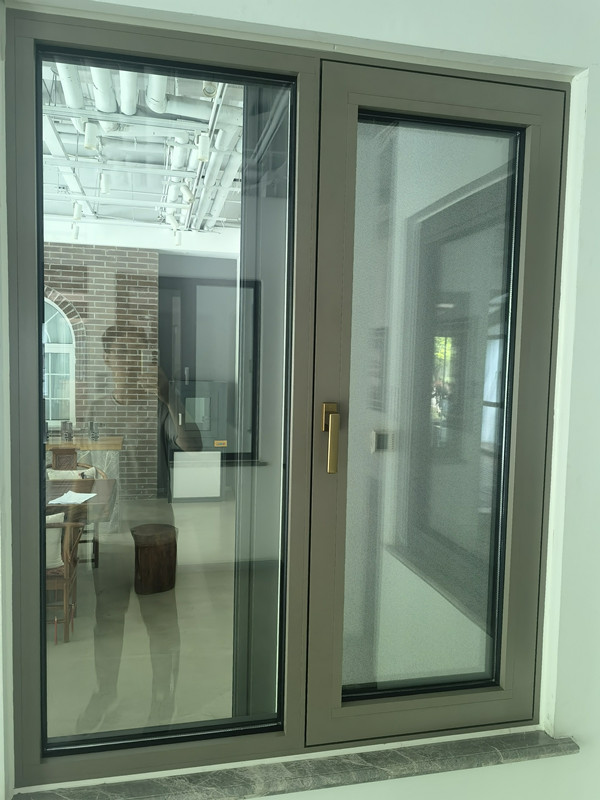
Advanced Insulation for Superior Performance
Beyond thermal breaks, insulation plays a critical role in the energy efficiency of aluminum windows. Modern designs incorporate multiple layers of insulation, including low-emissivity (Low-E) glass coatings, argon or krypton gas fills, and multi-pane glazing.
Low-E Glass: Low-E coatings are microscopically thin layers applied to glass that reflect infrared heat while allowing visible light to pass through. This keeps indoor spaces cooler in summer and warmer in winter, reducing reliance on HVAC systems.
Gas Fills: The space between double- or triple-pane glass is often filled with inert gases like argon or krypton, which have lower thermal conductivity than air. These gases act as an additional barrier to heat transfer, enhancing the window’s insulating properties.
Multi-Pane Glazing: Double- or triple-pane windows provide superior insulation compared to single-pane designs. Each additional pane creates an air or gas-filled space that slows heat transfer, further improving energy efficiency.
These insulation technologies work in tandem with thermal breaks to create a robust energy-saving system. For example, a triple-pane aluminum window with Low-E glass and argon fill can achieve a U-factor as low as 0.15, making it one of the most efficient window options available.
Eco-Friendly Performance
In addition to reducing utility bills, aluminum windows contribute to environmental sustainability. Aluminum is a highly recyclable material, with nearly 75% of all aluminum ever produced still in use today. The recycling process requires only 5% of the energy needed to produce new aluminum, making it an eco-friendly choice for window manufacturing.
Moreover, the durability of aluminum windows ensures a long lifespan, reducing the need for frequent replacements. Unlike wood, which may rot or warp, or vinyl, which can degrade under UV exposure, aluminum is resistant to corrosion, weathering, and wear. This longevity minimizes waste and the environmental impact associated with window production and disposal.
Energy-efficient aluminum windows also support green building certifications, such as LEED (Leadership in Energy and Environmental Design). By improving a building’s thermal performance and reducing energy consumption, these windows help architects and builders meet stringent sustainability standards.
Real-World Impact: Savings and Comfort
The financial benefits of installing energy-efficient aluminum windows are undeniable. According to the U.S. Department of Energy, windows account for 25-40% of a home’s heating and cooling energy loss. By upgrading to high-performance aluminum windows, homeowners can significantly reduce this loss, leading to lower utility bills year-round.
For example, a typical household spending $2,000 annually on energy could save $200-$400 per year with energy-efficient windows, depending on the size of the home and local climate. Over the lifespan of the windows (often 20-30 years), these savings add up to thousands of dollars.
Beyond cost savings, aluminum windows enhance indoor comfort. By minimizing drafts, cold spots, and excessive heat, they create a more consistent and pleasant living environment. This is particularly valuable in extreme climates, where temperature fluctuations can strain HVAC systems and compromise comfort.
Design Versatility and Aesthetic Appeal
Energy efficiency doesn’t come at the expense of style. Aluminum windows are renowned for their slim profiles and modern aesthetics, making them a favorite among architects and designers. The strength of aluminum allows for larger window sizes and expansive glass areas without compromising structural integrity, maximizing natural light and views.
Available in a variety of finishes, including anodized or powder-coated options, aluminum windows can be customized to suit any architectural style, from contemporary to traditional. These finishes are also low-maintenance and resistant to fading, ensuring long-lasting beauty.
Conclusion
Aluminum windows have redefined energy efficiency, offering a powerful combination of thermal breaks, advanced insulation, and eco-friendly performance. By reducing heat transfer, enhancing insulation, and supporting sustainable practices, these windows deliver significant savings on utility bills while minimizing environmental impact. For homeowners and builders seeking a balance of performance, durability, and style, aluminum windows are an investment that pays dividends for years to come.
Whether you’re renovating an existing home or designing a new one, consider the transformative potential of energy-efficient aluminum windows. They’re not just a window into the future—they’re a gateway to lower costs, greater comfort, and a greener planet.
Welcome to choose the Aluminum Windows of Liaoning Etaifeng Windoor Co.,Ltd.
Join Our Network Today!
Let’s build the future of architecture together. Our excess production capacity means faster lead times and competitive pricing, giving you an edge in your market. Become a distributor or agent with Liaoning Etaifeng Windoor Co.,Ltd and unlock access to premium aluminum windows, free design support, and exclusive sample corners.
Contact us
david@e-tfeng.com
www.e-tfeng.com
to explore partnership opportunities and start delivering world-class solutions to your clients.



